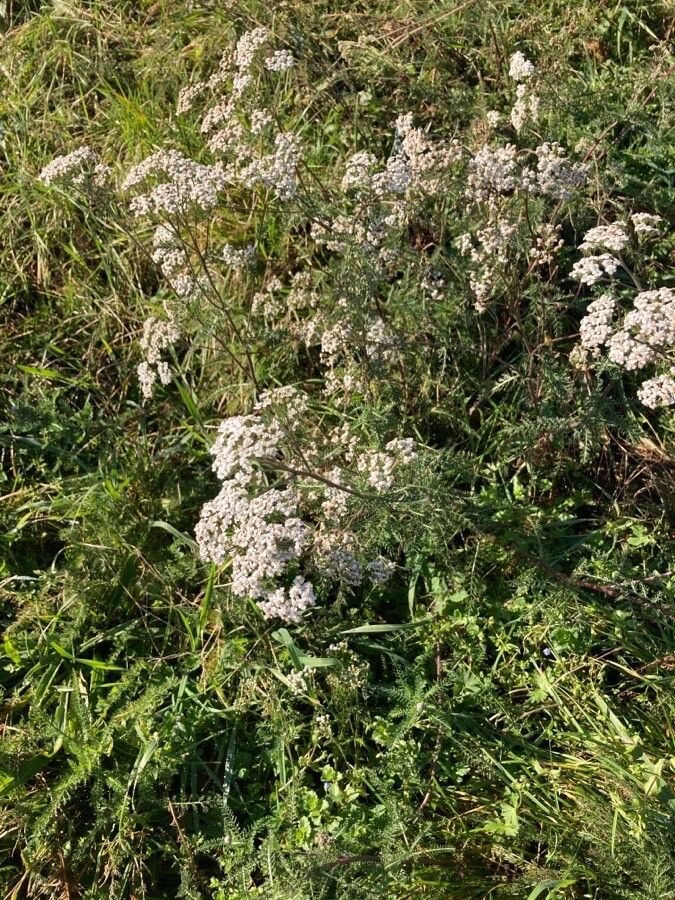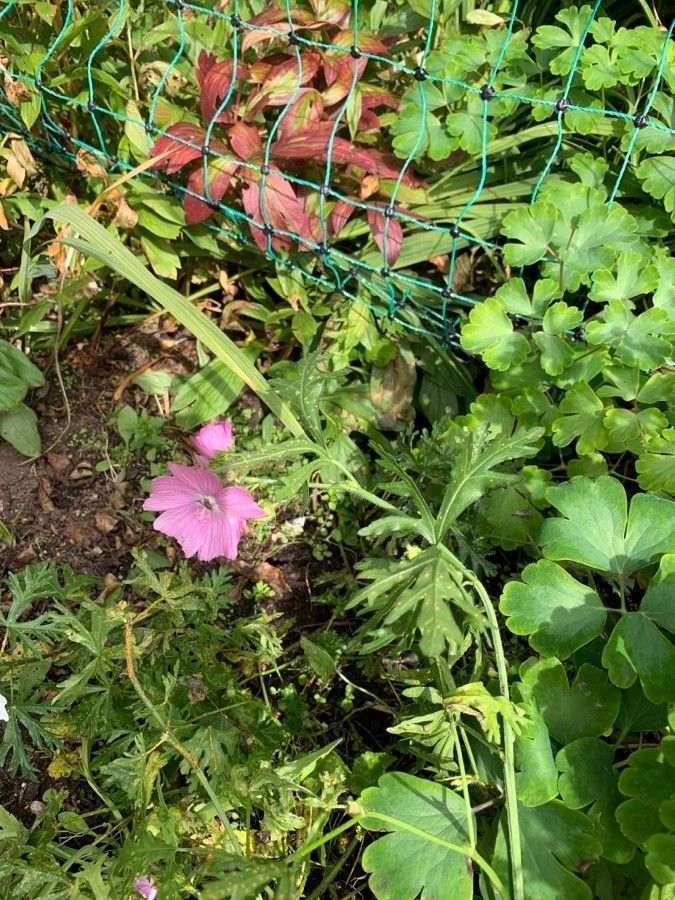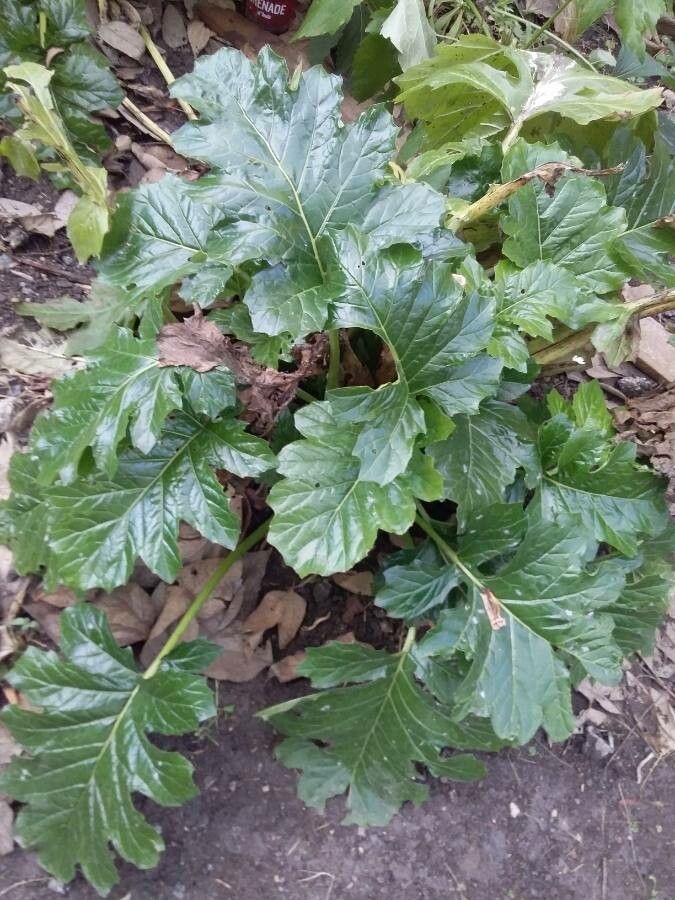## Lime Prickly-Ash: A Complete Guide
The Lime Prickly-Ash, scientifically known as *Zanthoxylum americanum*, is a captivating shrub belonging to the Rutaceae family, renowned for its aromatic qualities and unique features. This fascinating plant boasts a rich history and a range of uses, making it a compelling subject for both botanists and home gardeners.
### Identification and Characteristics
Lime Prickly-Ash is easily identified by its characteristic prickly stems and branches, a defense mechanism that gives it its common name. It typically grows as a multi-stemmed shrub, reaching heights of 5-15 feet, occasionally developing into a small tree. Its leaves are pinnate, meaning they have leaflets arranged along a central stem. These leaflets are lance-shaped with a slightly serrated edge. The bark is rough and grayish-brown, while the twigs are densely covered in sharp thorns. In the spring, small, inconspicuous greenish-white flowers appear, followed by clusters of small, dark-red berries that persist into the winter. These berries are often described as having a spicy, peppery aroma.
### Habitat and Growth
Lime Prickly-Ash thrives in a wide range of habitats, demonstrating impressive adaptability. It is commonly found in open woodlands, thickets, along stream banks, and even in disturbed areas. It prefers well-drained soil, but it's surprisingly tolerant of various soil types, including dry, rocky environments. Its adaptability makes it a suitable choice for various gardening styles, provided the fundamental requirements are met.
### Sun Exposure and Soil Needs
Lime Prickly-Ash prefers full sun to partial shade. It tolerates a wide range of soil conditions, but ideally, the soil should be well-drained and slightly acidic to neutral. Heavy clay soils should be amended with organic matter to improve drainage and aeration. The plant is relatively drought-tolerant once established, making it a low-maintenance option for landscaping.
### Propagation and Cultivation
Lime Prickly-Ash can be propagated from seeds or cuttings. Seeds require stratification (a period of cold treatment) to improve germination rates. Cuttings should be taken from semi-hardwood growth in late summer and rooted in a moist, well-draining medium. Once established, the plant requires minimal care, though occasional pruning may be necessary to maintain its shape and size. It is relatively pest and disease resistant, reducing the need for chemical interventions.
### Uses and Traditional Applications
Historically, Lime Prickly-Ash has held significant medicinal value among various Native American tribes. The bark and berries have been traditionally used for their purported analgesic properties, earning it the common name 'toothache tree.' While not scientifically proven, anecdotal evidence suggests it might have topical pain-relieving effects. The plant should not be consumed internally without professional guidance. The aromatic qualities of the plant also have earned it a place in culinary traditions in some regions.
### Conclusion
The Lime Prickly-Ash is a versatile and hardy plant that deserves a place in our appreciation of native flora. Its striking appearance, interesting history, and relative ease of cultivation make it a fascinating addition to gardens and landscapes, providing a blend of aesthetic appeal and ecological value. Further research and exploration of this remarkable plant continue to reveal its numerous benefits and unique properties.
Lime Prickly-Ash: A Complete Guide

Frequently Asked Questions
How to grow Lime Prickly-Ash?
Lime Prickly-Ash prefers full sun to partial shade and well-drained soil. It can be grown from seed (requiring stratification) or cuttings. Once established, minimal care is needed, though occasional pruning might be beneficial.
Is Lime Prickly-Ash poisonous?
While not generally considered poisonous, ingesting significant quantities of Lime Prickly-Ash may cause discomfort. The berries, bark and other parts of the plant should not be consumed internally without consulting a medical professional. Topical application for toothache relief has been traditionally reported, but consult a healthcare provider before using it for medicinal purposes.


